Notre programme rassemble un large éventail d'experts dans les aspects théoriques et expérimentaux des matériaux quantiques avec une expertise de classe mondiale.
Infrastructures au Québec

Dans la région de Montréal et de Sherbrooke, l'expérience des stagiaires est enrichie par une immersion dans les plateformes d'accélération de l'innovation, ainsi que par d'autres opportunités au sein de la Zone d'innovation Quantum Sherbrooke.

Groupe de recherche Grutter
Le laboratoire du professeur Grutter dispose d'un équipement nc-AFM de pointe et innovant, en salle et à basse température. Son groupe a également accès à un outil de nanolithographie utilisé pour modeler des défauts atomiques (Nanofrazor).
Szkopek Nanoelectronic Materials and Devices Group
Dr. Szkopek CREATE-supported trainees pursue an experimental program to functionalize and/or intercalate 2D materials to controllably tune their properties. Band engineering of quantum materials are achieved by high-density alkali doping of graphene, black phosphorus, and other materials using a novel, flip-chip method developed in the Szkopek group allowing for in situ charge transport measurement.


Light-Matter Group
Dr. Kéna-Cohen’s group focusses on the development of optoelectronic devices based on molecular and 2D semiconductors and on engineering quantum light-matter interactions. Trainees focus on the molecular mesoscopic strong light-matter coupling for generating quantum light under coherent excitation using both the conventional and unconventional polariton blockade.
Nano and Quantum Semiconductors Laboratory
Le laboratoire du Dr Moutanabbir abrite la seule installation au Canada dédiée à la croissance épitaxiale de semi-conducteurs du groupe IV à bande interdite directe et évolutive, ainsi qu'une installation unique au monde pour la fabrication de cristaux et d'hétérostructures de silicium et de germanium isotopiquement purifiés.
Infrastructures en Ontario

In the Toronto/Waterloo area, we partner with the Alliance for AI-Accelerated Materials Discovery (A3MD) to learn how to use the power of artificial intelligence to design the next generation of high-performance materials.
MaQTech trainees are also introduced to the resources of the quantum technology commercialization incubator Waterloo Quantum Valley. These visits include immersive hands-on theoretical and experimental projects, fostering trainees’ continuous engagement throughout their program.
Moreover, Canadian and international partners share their latest technology and participate in teaching.
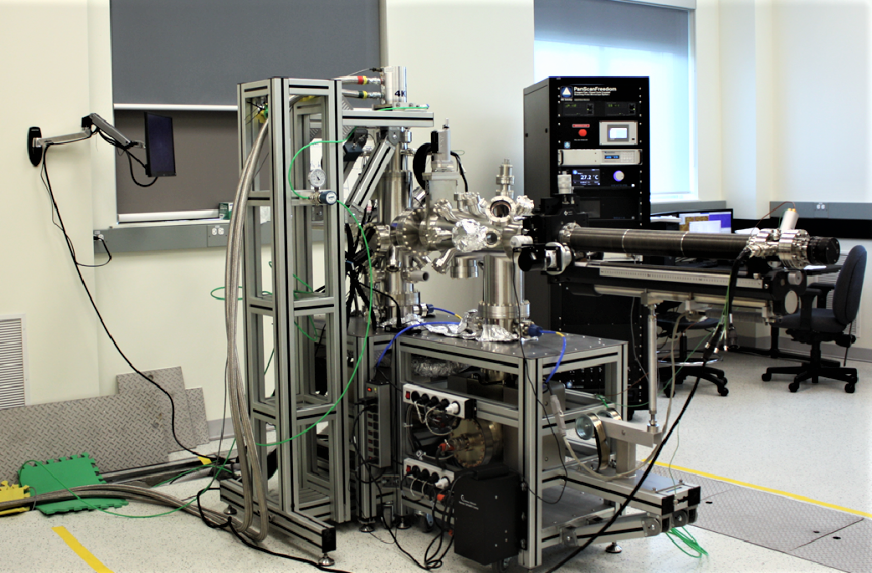
The Luican-Mayer Lab
Le laboratoire du professeur Luican-Mayer dispose d'un STM/STS à basse température à la fine pointe de la technologie ainsi que d'une station d'empilage de matériaux 2D. Son groupe a accès aux installations de nanofabrication en salle blanche de l'Université d'Ottawa.
Conseil national de la recherche du Canada (CNRC)
Dr Gaudreau coordonne la lithographie par faisceau d'électrons avec les installations de nanofabrication du Conseil national de recherches du Canada pour fabriquer des dispositifs. Son laboratoire dispose d'un réfrigérateur à dilution sèche avec un aimant de 8T et un accès optique permettant des expériences de photocourant et de cartographie PL avec une résolution submicronique. Il dispose également d'un cryostat sec à 1,5 K avec un aimant de 8T et un accès optique.
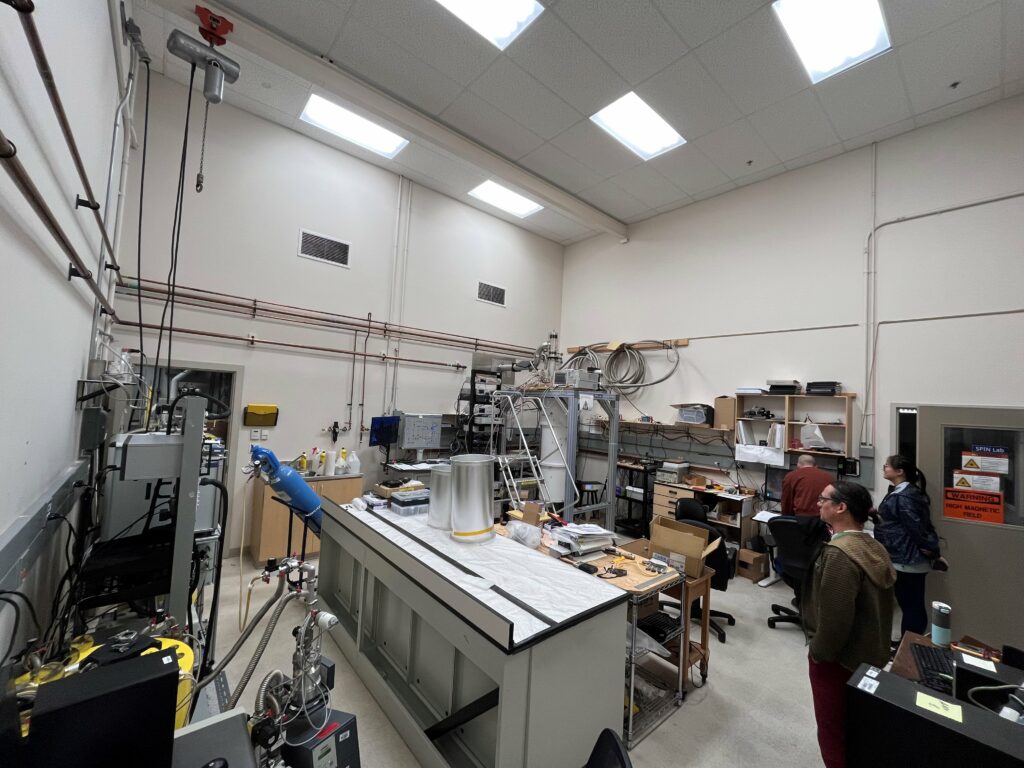
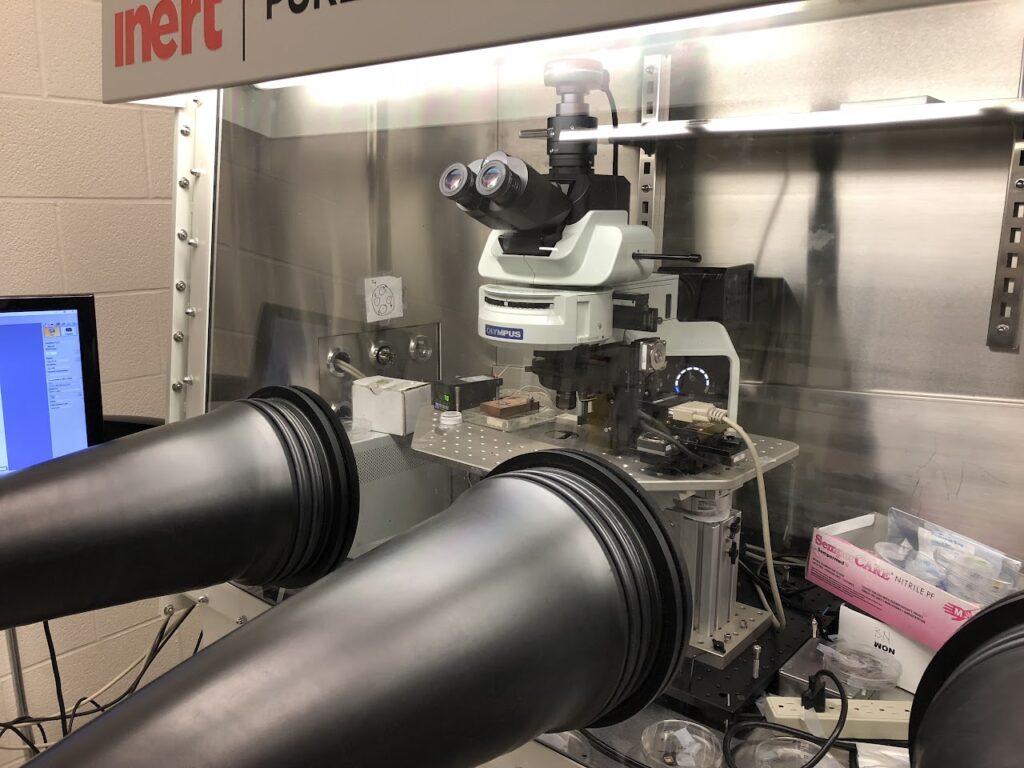
Groupe du professeur Tsen
Le laboratoire du professeur Tsen dispose d'un microscope motorisé et d'une platine de transfert dans une boîte à gants pour le dépôt de films magnétiques 2D. Il dispose également de plusieurs installations de transport quantique à basse température.
Recherche théorique

Groupe du professeur Tremblay
Theoretical expertise in correlated electrons, including unconventional superconductors and topological materials, where they developed state of the art methods. Trainees develop new computational methods for understanding correlated quantum materials.
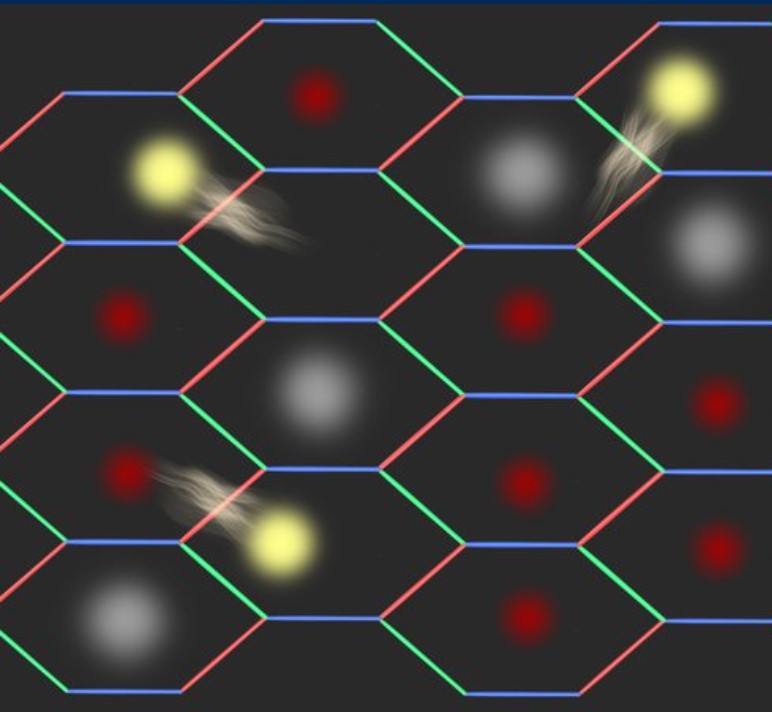
Hae-Young Kee Group
The HQP receive broad training in analytical and numerical techniques including first principle ab initio calculations, tight binding models and strong coupling expansions, and exact diagonalization. They develop model Hamiltonians that give direct insight into the physics of complex materials and bridge the gap between abstract theory and real materials and explore collaborations with experimentalists on target materials.
Groupe du professeur Pereg-Barnea
Trainees learn how to write minimal models for complicate systems while maintaining the essential ingredients for understanding the key properties. They search for systems that may exhibit topological superconductivity, capable of hosting Majorana fermions – proposed building block of topological qubits and propose new ways to control and manipulate them.
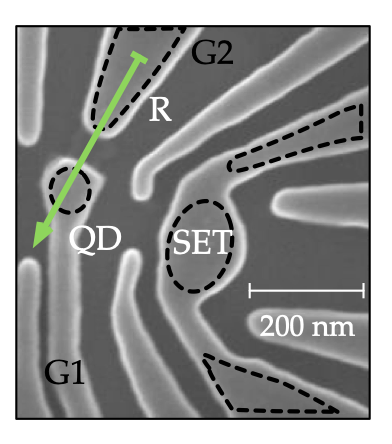
Czischek Group
Czischek’s group works at the intersection of artificial intelligence and quantum technologies, using artificial neural networks to advance numerical simulations of quantum systems and to facilitate quantum experimental setups. Trainees will learn invaluable ML/AI skills while exploring automated processes in quantum material assembly and quantum device operation and implementing artificial neural networks on specialized hardware.


